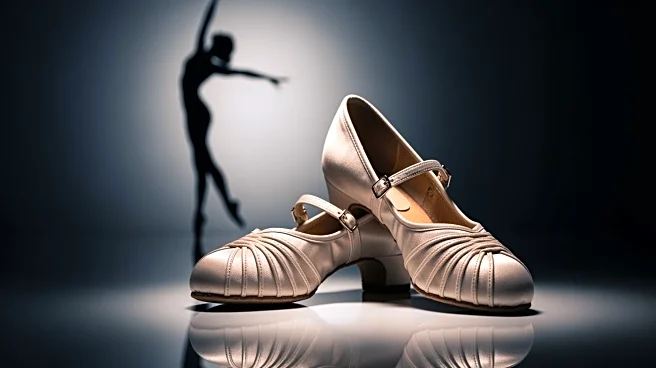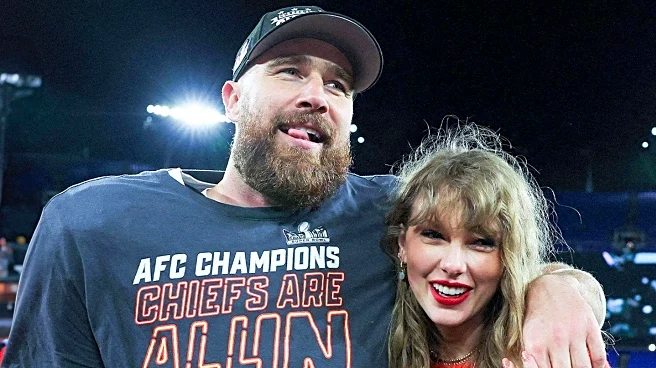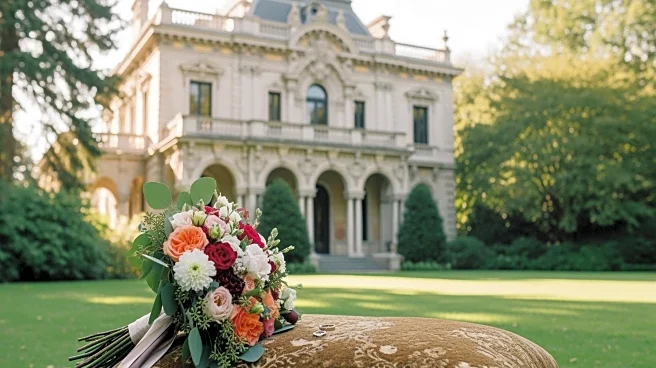What's Happening?
Former 'Dancing With the Stars' professionals Maksim Chmerkovskiy and Peta Murgatroyd have publicly criticized the casting of Jan Ravnik, a backup dancer for Taylor Swift, as a professional dancer on the show.
Chmerkovskiy expressed strong disapproval, stating that Ravnik lacks the necessary foundation, technique, and understanding of partnership required for the role. Murgatroyd, while acknowledging Ravnik's positive attributes, also questioned his ability to teach ballroom dancing effectively, given his background in non-ballroom dance. Ravnik joined the show following his participation in Swift's Eras Tour, and despite advancing to the next round with his celebrity partner, Jen Affleck, the criticism from Chmerkovskiy and Murgatroyd highlights concerns about his qualifications for the position.
Why It's Important?
The criticism from seasoned 'Dancing With the Stars' professionals raises questions about the show's casting decisions and the qualifications required for professional dancers. This situation could impact the show's reputation and viewer perceptions, as fans may question the integrity of the competition if participants are perceived as underqualified. The controversy also highlights the broader issue of celebrity influence in casting decisions, where connections to high-profile figures like Taylor Swift might overshadow traditional qualifications. This could lead to discussions about the balance between entertainment value and professional standards in reality TV competitions.
What's Next?
As the season progresses, it remains to be seen how Ravnik will perform and whether he can overcome the criticisms from Chmerkovskiy and Murgatroyd. The show's producers may face pressure to address these concerns, potentially leading to changes in casting criteria or public statements to clarify their decision-making process. Additionally, Ravnik's future performances will be closely watched by both fans and critics, which could influence his standing on the show and his career trajectory in the entertainment industry.
Beyond the Headlines
This situation underscores the cultural dynamics within reality TV, where entertainment value often intersects with professional expertise. The casting of a non-ballroom dancer as a professional on a ballroom dance show challenges traditional norms and may reflect broader trends in the entertainment industry, where celebrity connections can significantly impact career opportunities. This could lead to discussions about the evolving nature of professional qualifications in entertainment and the role of public perception in shaping industry standards.











